Top Laser Cutting Mistakes That Could Ruin Your Custom Parts Order
Laser cutting is a precise and efficient method for manufacturing parts across industries ranging from automotive and aerospace to electronics and furniture design. Despite its advantages, the process is not foolproof. Many businesses and individuals new to laser cutting make critical mistakes that can delay production, increase costs, or result in defective products.
Whether you’re a hobbyist ordering your first set of parts or a company preparing for a mass production run, understanding the most common pitfalls in the laser cutting process can help you avoid costly errors. Here’s a detailed guide on what to watch out for when ordering laser cut parts.
Poor Design File Preparation
Perhaps the most common and easily avoidable mistake is submitting design files that are not properly prepared. Laser cutters rely on vector files, typically in formats such as DXF, SVG, or AI, and these files must be meticulously formatted to ensure successful output.
Common issues include:
- Open or broken paths
- Overlapping or duplicate lines
- Unconverted text (fonts not outlined)
- Improperly scaled designs
- Unnecessary elements like dimensions or construction lines
To avoid this, always double-check that your design contains only the cut paths needed and ensure all paths are closed. Any open path can confuse the laser cutter, resulting in incomplete or inaccurate cuts. Additionally, remove any embedded images or text that are not vector-based. Read more about vector files and why they are used in laser cutting.
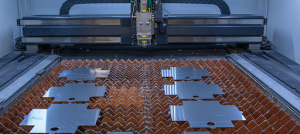
Ignoring Kerf Compensation
Kerf refers to the width of the cut made by the laser. Although it is typically very small (ranging from 0.1 mm to 0.4 mm), failing to account for it in your design can lead to parts that don’t fit together correctly, especially in tight assemblies like interlocking components or mechanical joints.
You can either:
- Adjust your design to subtract or add half the kerf to each mating side.
- Request the laser cutting service to apply kerf compensation.
Ignoring kerf can cause frustrations, particularly when dealing with snug-fitting parts like puzzle pieces, gears, or casing tabs.
Incorrect Scaling and Units
A surprisingly frequent issue is sending a design that’s in the wrong scale or using the wrong units. A file that appears to be 10 mm in your CAD software might be interpreted as 10 inches by the laser cutting machine, leading to unusable parts.
Always ensure:
- Your file is set to 1:1 scale.
- You’ve specified the units (mm or inches).
- You’ve confirmed dimensions before submission.
Use rulers or measurement tools in your CAD software to cross-verify. Some platforms also allow you to preview the dimensions before finalising an order take advantage of those.
Choosing Unsuitable Materials
Not all materials are laser-friendly. Some materials are difficult to cut due to their thickness, while others can produce harmful fumes or flames when exposed to high heat.
Avoid materials like:
- PVC (releases toxic chlorine gas)
- Polycarbonate (burns easily and leaves charred edges)
- Fibreglass (contains epoxy resins harmful to the laser optics)
Always check with your cutting service about supported materials. Common laser-friendly materials include acrylic, plywood, MDF, stainless steel, aluminium, and some types of paperboard and fabrics. For a deeper comparison of cutting methods for different materials, see our guide on the benefits of laser cutting over plasma and water jet alternatives.
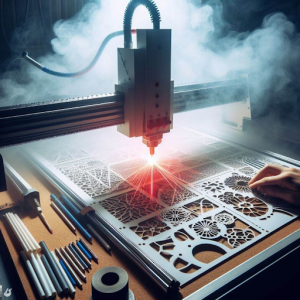
Overcomplicating the Design
Laser cutters can handle intricate patterns, but excessive detail can increase cutting time, risk inaccuracies, and raise production costs. Extremely small cuts or engravings may also result in burned edges or lost detail due to the laser’s resolution limits.
Before submitting your design, ask:
- Is this level of detail necessary?
- Will the detail survive the cutting process?
- Will simplifying this reduce cost and maintain functionality?
Sometimes, less is more. Focus on what’s essential and eliminate over-design where possible.
Ignoring Material Thickness Limits
Each laser cutter has a limit to the material thickness it can cut effectively. Trying to cut material that is too thick for the machine can result in incomplete cuts, poor edge quality, or even damage to the machine.
Typical cutting capacities vary depending on the type of laser (CO₂ vs. fibre) and the machine’s wattage. For instance:
- 100W CO₂ lasers can handle up to 10 mm of acrylic or wood.
- Fibre lasers can cut 6 mm or more of stainless steel.
At Kirmell, we list thickness capabilities for each material and offer recommendations based on the intended use of your part. Whether you’re cutting 3 mm acrylic or 6 mm stainless steel, we ensure you stay within optimal parameters.
Not Specifying Tolerances
Precision parts often need tight tolerances, especially if they will be part of a larger assembly. Leaving out tolerance information may result in parts that don’t fit or function correctly.
Even the best laser cutting machines have some margin of error, typically ±0.1 mm. If your design has critical dimensions, communicate this to your supplier and note them in your drawing files. This precision requirement is similar to CNC machining tolerances – learn more in our beginner’s guide to CNC machining processes.
Some services also allow you to select a quality level standard or high-precision so be sure to match your tolerance expectations with the appropriate level of service.

Forgetting to Define Cutting Order
In complex designs with multiple features, the order in which elements are cut can impact the final quality. For example, if small internal holes are cut after the outer edge, the part may shift due to a lack of support, causing misalignment.
Professional services usually handle this intelligently, but if you’re cutting in-house or working with a less experienced vendor, you may need to specify the ideal cutting sequence. Generally:
- Cut inner features first.
- Cut outer profiles last to prevent material movement.
Overlooking Post-Processing Requirements
Many customers assume that laser-cut parts come ready to use. In reality, most parts need some degree of post-processing, such as:
- Removing burn marks (especially on wood)
- Deburring metal edges
- Cleaning protective films
- Finishing surfaces (sanding, polishing, painting)
If you require a specific surface finish, such as a brushed metal texture or clean acrylic edges, clearly state this in your order. Some providers offer finishing services; make sure to inquire.
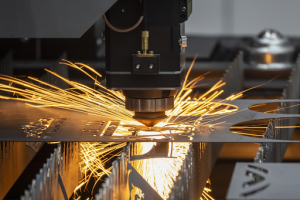
Lack of Clear Communication with the Manufacturer
Finally, one of the most preventable mistakes is failing to clearly communicate your needs. Vague instructions, missing file details, or last-minute changes can cause confusion and costly errors.
Be proactive by including:
- A design file with labelled layers (cut, engrave, score)
- A material spec sheet
- Any tolerance requirements
- Notes on finish or assembly
Delivery expectations
Many experienced cutting services will review your file and let you know if something seems off, but don’t rely on them to catch every mistake. The clearer you are, the smoother the process will be.
Conclusion
Laser cutting is a powerful technology that enables rapid and precise fabrication of parts, but its effectiveness relies heavily on proper preparation and communication. By avoiding common mistakes like poorly prepared files, ignoring kerf, and using unsuitable materials, you can ensure your parts are manufactured accurately and efficiently.
Investing time upfront to verify your design, clarify specifications, and understand the capabilities of your laser cutting provider can save you significant hassle down the line. With these practices in mind, you’ll be well on your way to achieving clean, precise, and functional laser-cut components every time.
Why Choose Kirmell for Laser Cutting?
At Kirmell, we pride ourselves on delivering precision laser cutting solutions for businesses, hobbyists, engineers, and designers. What sets us apart is not just our advanced technology, but our dedication to your project’s success.
Here’s what you get when you choose Kirmell:
- Expert File Review: We assess your design files before production to ensure accuracy and compatibility
- Wide Range of Materials: Including acrylic, MDF, plywood, aluminium, and stainless steel
- Tight Tolerances: Precision cutting with tolerances as close as ±0.1 mm
Post-Processing Services: From deburring to surface cleaning for a professional finish - Clear Communication: Real-time updates, consultations, and technical advice
- Fast Turnaround Times: Reliable lead times and expedited options available
Whether it’s a prototype, a large batch order, or a custom one-off design, we’re here to help you make it perfect.
Contact Kirmell for Your Next Laser Cutting Project
Ready to get started? Avoid the headaches and trust your next project to a team that understands both the technical and creative side of laser cutting. At Kirmell, we combine craftsmanship with cutting-edge technology to deliver results that meet your exact needs.
Contact us today to discuss your project or get a free file review. Our team is happy to assist with materials, file prep, tolerances, and more.
FAQs
What file format should I use for laser cutting?
What is kerf in laser cutting, and why does it matter?
What must you never try and cut on the laser cutters?
What are the problems with laser cutting?

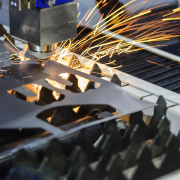
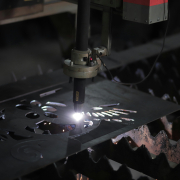
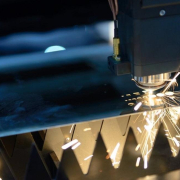
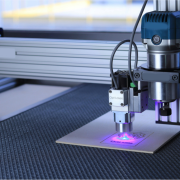
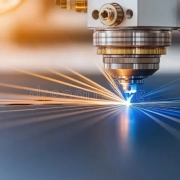
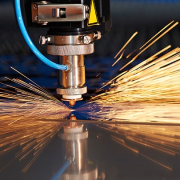
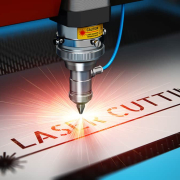
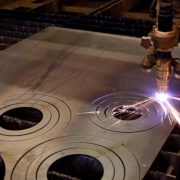


Leave a Reply
Want to join the discussion?Feel free to contribute!